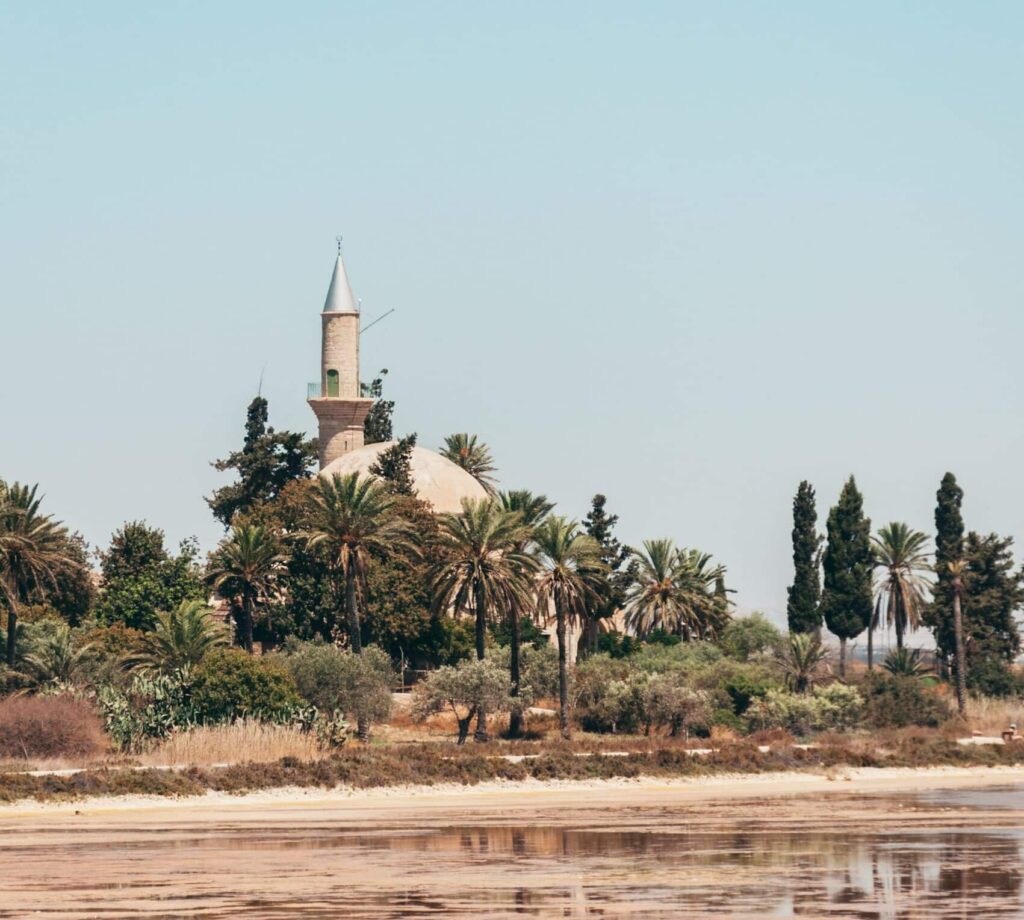Let’s talk about Aquaponics for Hot Climates
Give yourself Appropriate Starting Materials
When you begin to build something with specific goals in mind, you use the appropriate material. Right?
You wouldn’t build a tree-house out of cheese. And you wouldn’t build an aquaponic system in Anna, Texas using trout as your fish species.
The best thing you can do for yourself while planning a heat-tolerant system is to give yourself appropriate starting materials.
Using heat-tolerant fish
That means that if you’re building a system and intend for it to be operational in the heat, you should use heat-tolerant fish.
An example would be Mozambique tilapia, which will survive up to 100 degrees Fahrenheit and maybe even higher. Of course, the ideal range is lower; feeding (and in turn, nitrification) slows down considerably when temperatures get too high.
Using heat-tolerant crops
Another starting material is crops.
The crops you are able to grow from fall through spring will be different than in the summer.
You shouldn’t be planning to grow a lot of kale in late July unless you have great tools to compensate for the temperatures.
Be Strategic about Growing Environment
You can also gain an advantage on the heat by strategically claiming the right environment for your system. Building in the shade rather than the sun, for example, will give you at least 5 degrees on the heat.
Build your system in a place that gets good air flow, or that can at least be modified to get good air flow from box fans.
A commonly forgotten factor to consider is the thermal mass of your system.
The larger the system, (the more water) the more thermal mass, and the less variation you see over time.
This means that if you have a larger system, it will get hot more slowly. It also means that it will take much longer to cool down.
The same thing goes for small systems; they are quicker to cool or heat. This also means that you will want to cool things differently if you have a very small system vs. a very large one.
Once you’ve taken as many defensive precautions as possible, it’s time to go on the offensive.
Should you Focus your Attention on the Air or the Water?
While air flow is necessary and plants can be harmed if the air is too hot, plants have built in defenses to deal with warm air (transpiration, leaf shapes, etc.). It’s also a pretty quick fix- a box fan and a hose will do the trick in a couple of minutes.
The tricky enemy is warm water, which takes much longer to move from one temperature to another, and can be more dangerous that warm air because most crop plants don’t have natural defenses around the root zones. (While ZipGrow towers still provide insulation, there’s not much that can offer the same temperature control as soil.) That means that your efforts should largely be focused on cooling the water system.
How do you Cool System Water?
What doesn’t work:
- Ice: Unless you operate a very small (1-8 towers) system, adding ice – either bare or frozen in gallons – won’t make much of a dent in your water temperature.
- Inline cooler: Inline coolers them selves may be effective at cooling the water; the tricky part is the cost of the energy use. If you are growing as a hobby, an inline cooler probably isn’t affordable. If you’re growing commercially, the story might be different- but do the calculations to figure out if a cooler would a) be cost effective, and b) extend vs. complete your growing year.
What works:
Tracy Holz uses several methods together to stabilize temperatures in his greenhouse.
- By placing his sump tank in ground rather than above ground, Tracy lowered system temperature by several degrees. The closer you can get the tank to the earth (the closer to insulation), the better.
- Insulating the tank with other materials also gave Tracy a couple of degrees. Since covering his tank is beneficial for avoiding algae anyway, Tracy figured he would hit both birds with one stone, so he uses a thick, opaque covering to insulate and keep sunlight from hitting his tank.
Learn more about Tracy’s System
As you’ll see in the video, Tracy Holz can grow bok choy and kale in the summer in Texas without using fancy cooling methods.
He does this by using an appropriate fish species, careful monitoring, and thoughtful building.
Sounds like a cool guy, right?
Thanks for reading, be sure to sign up for updates and our newsletter!






